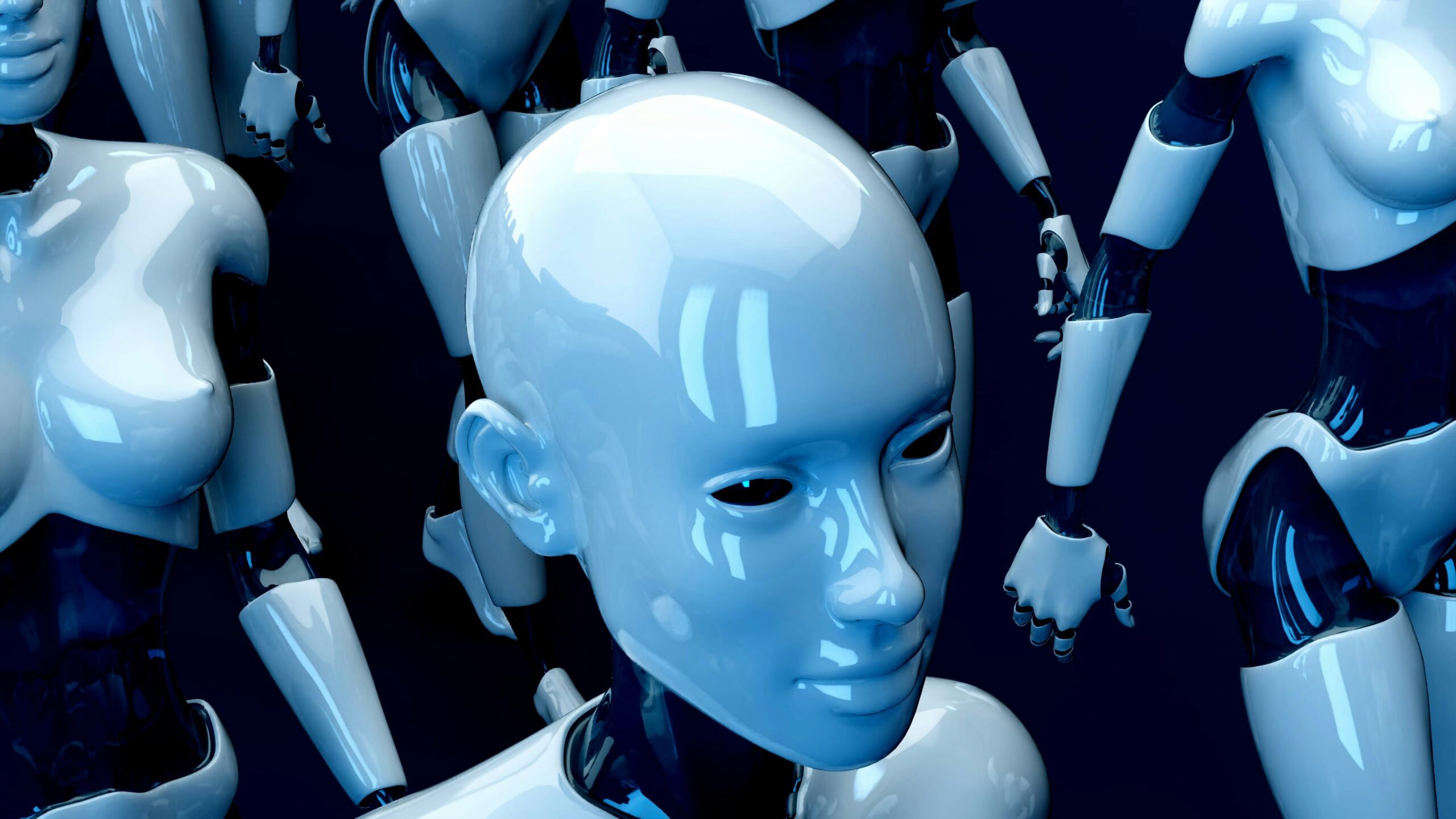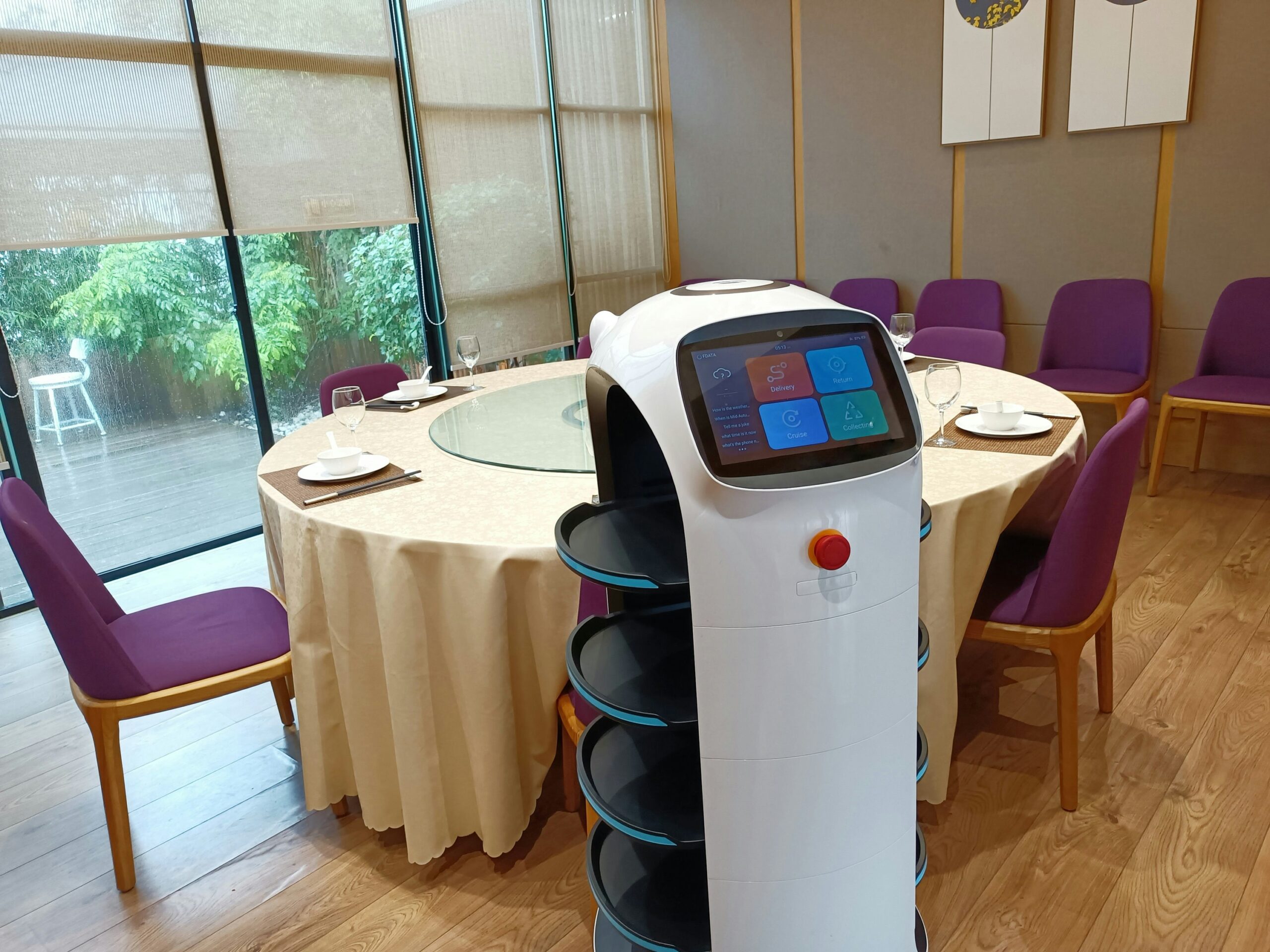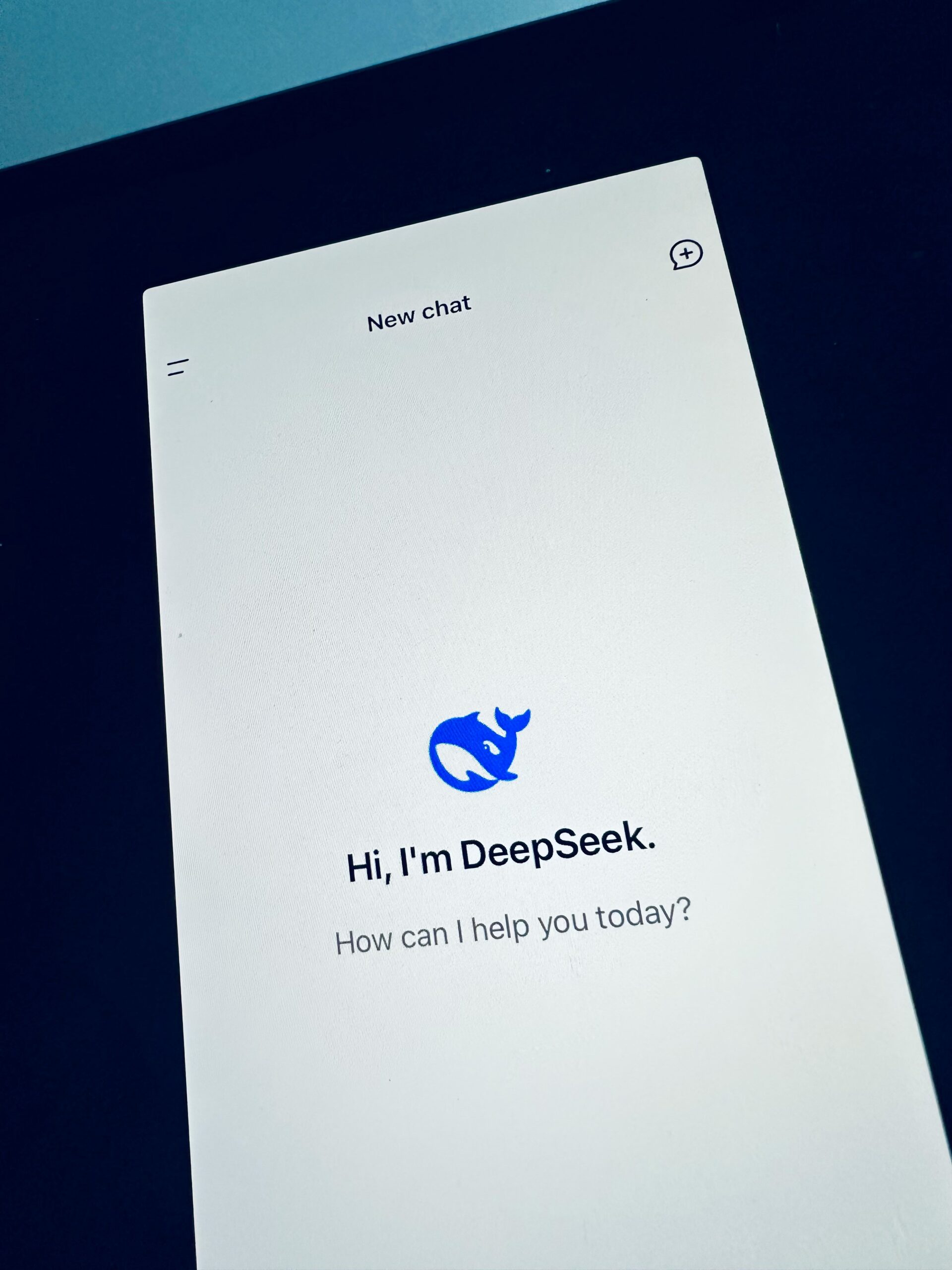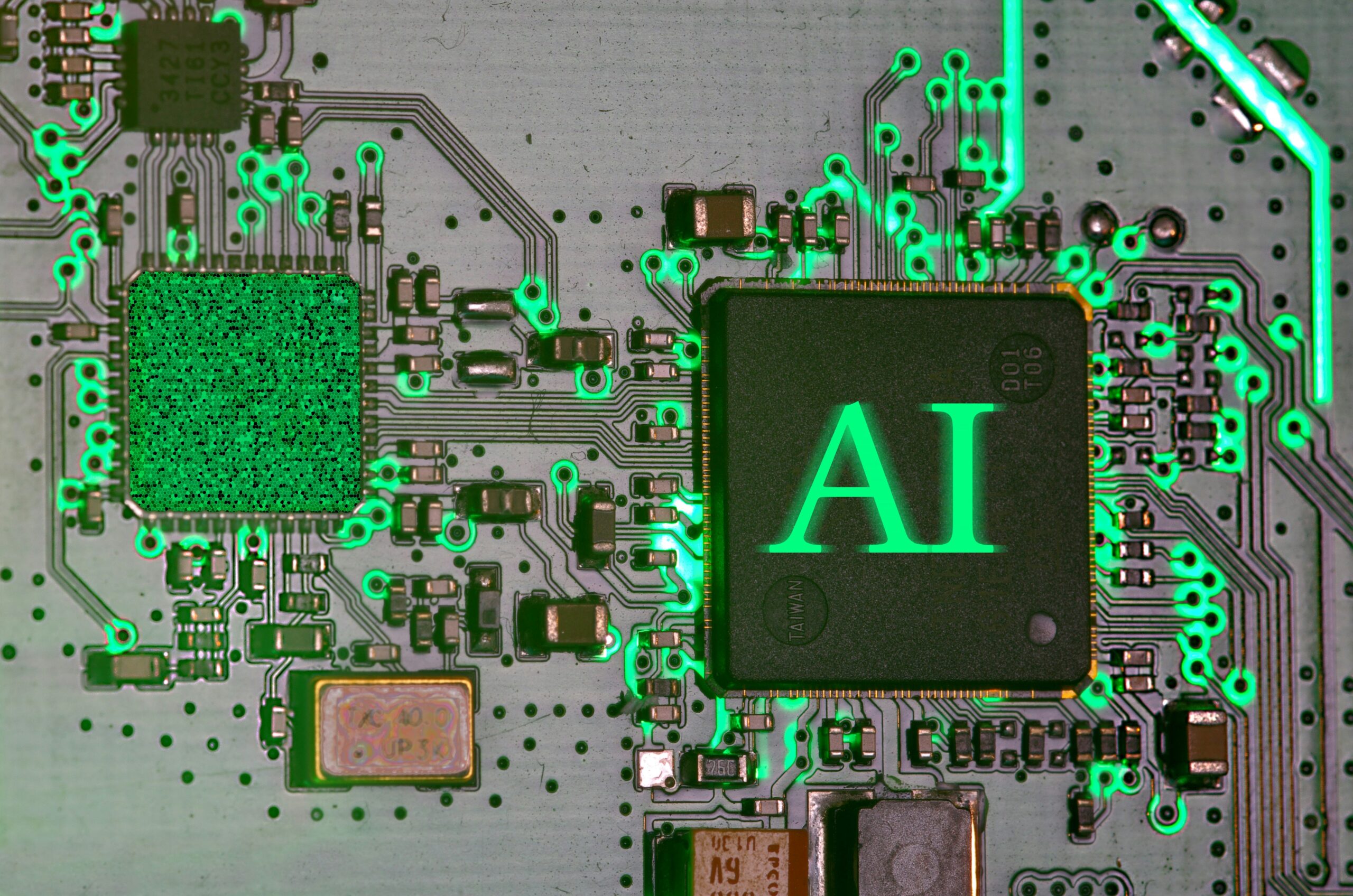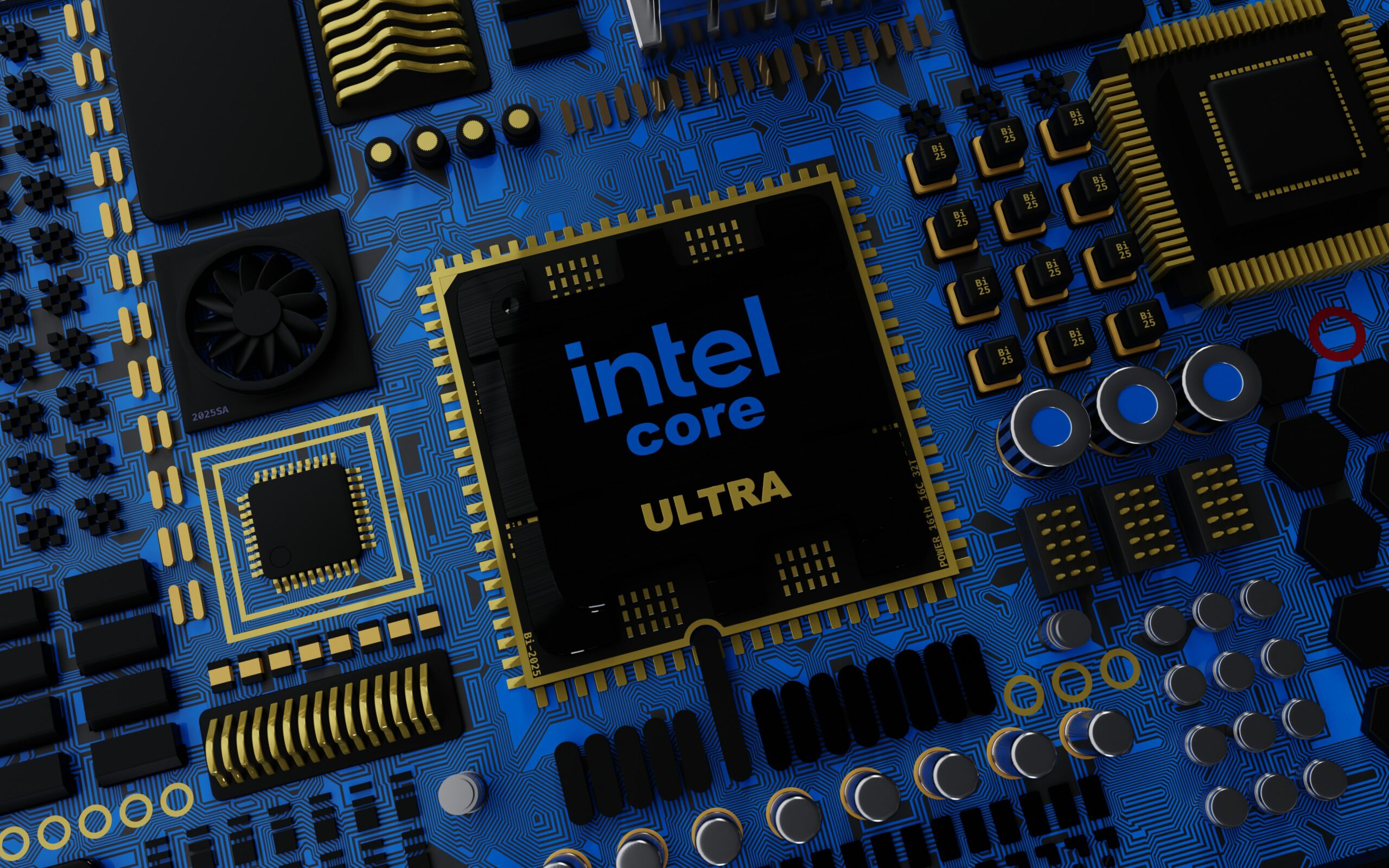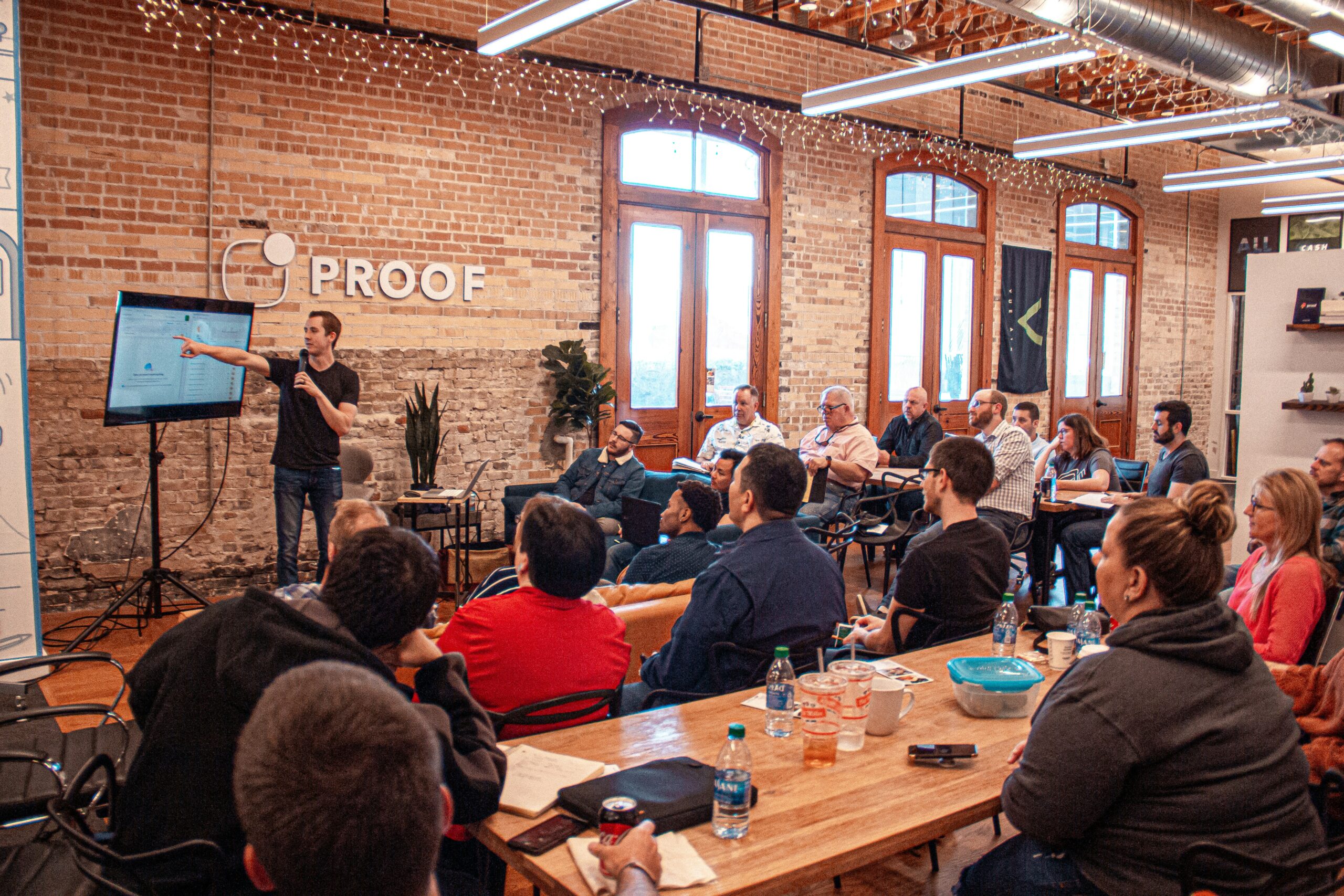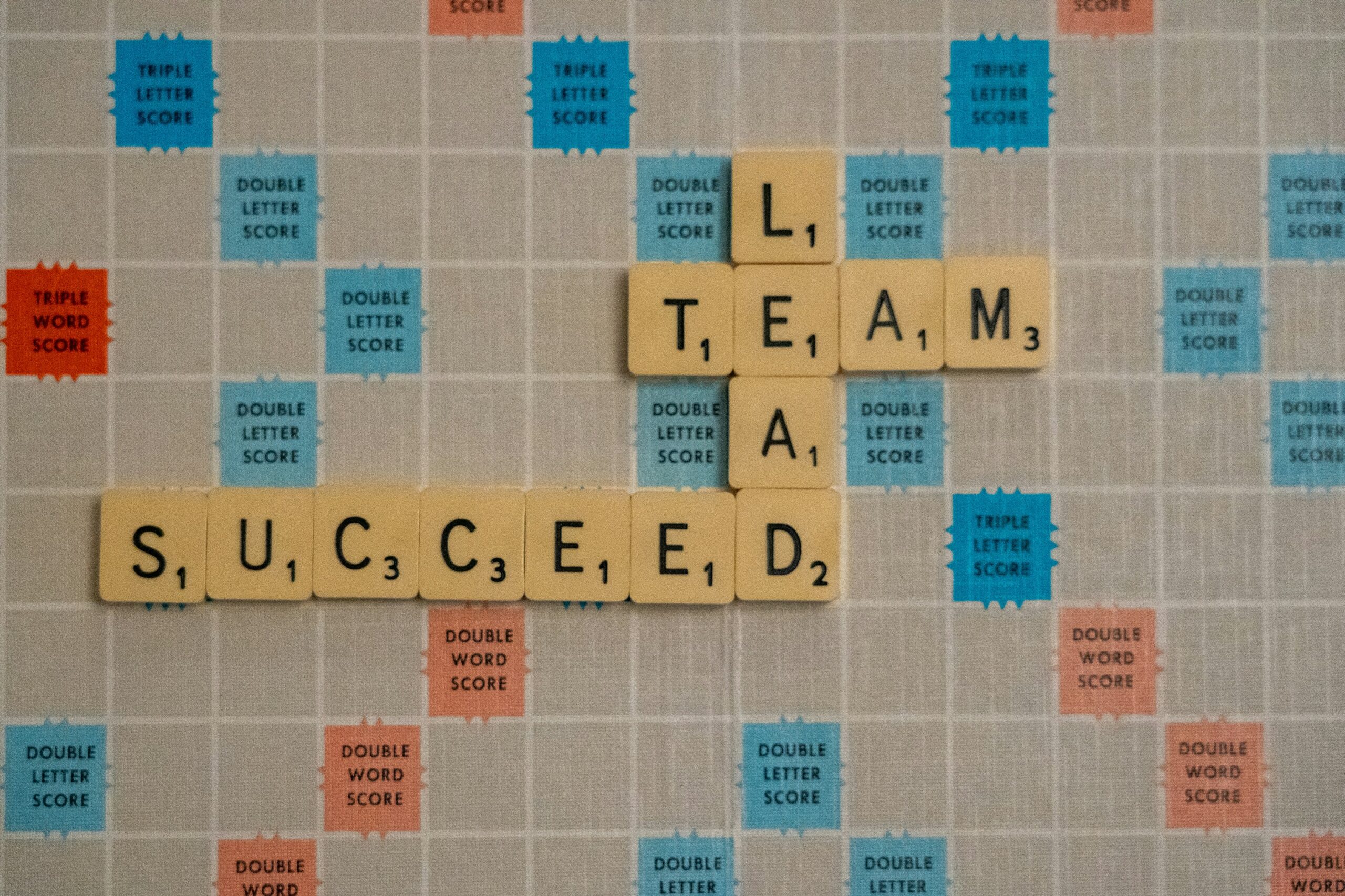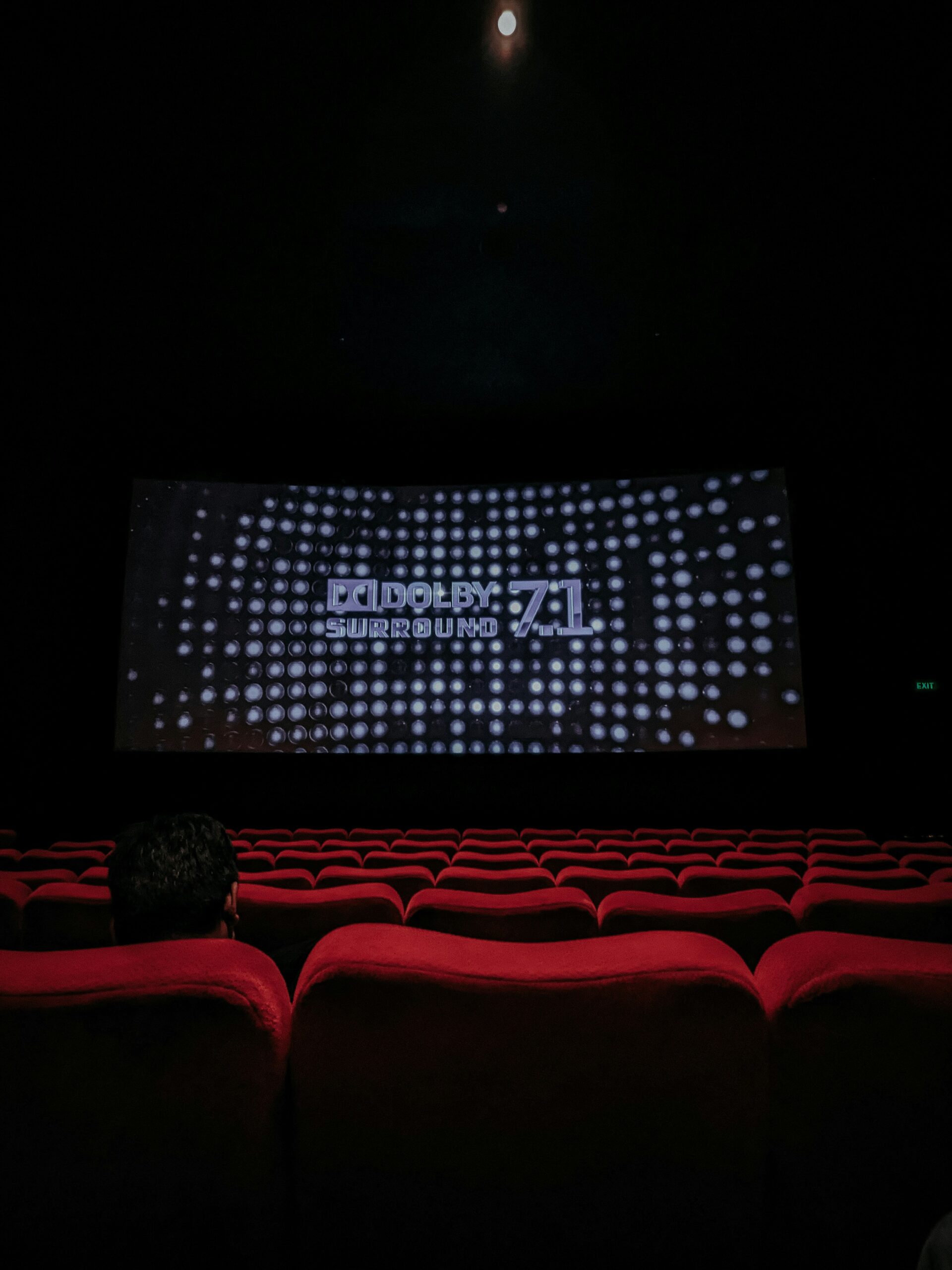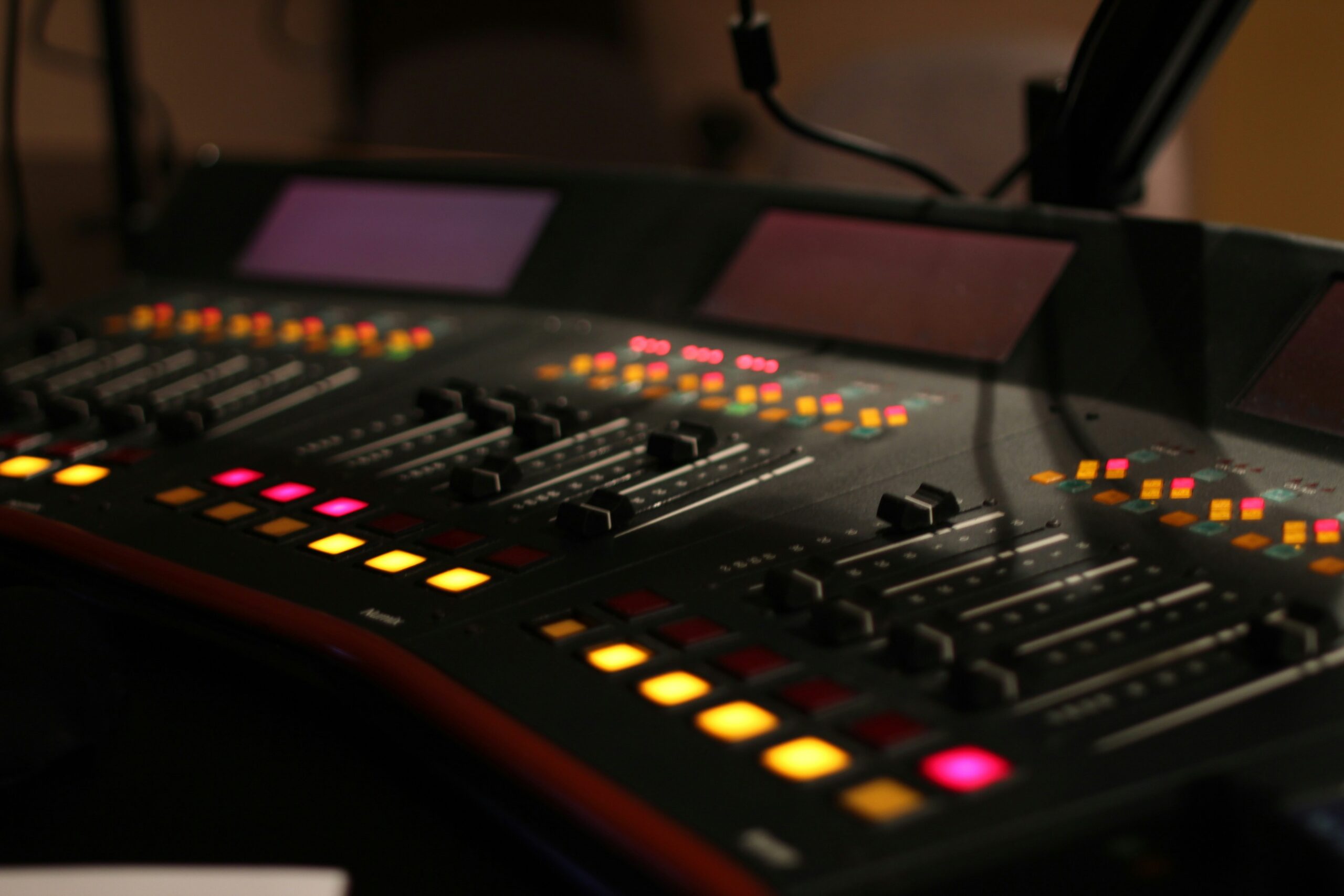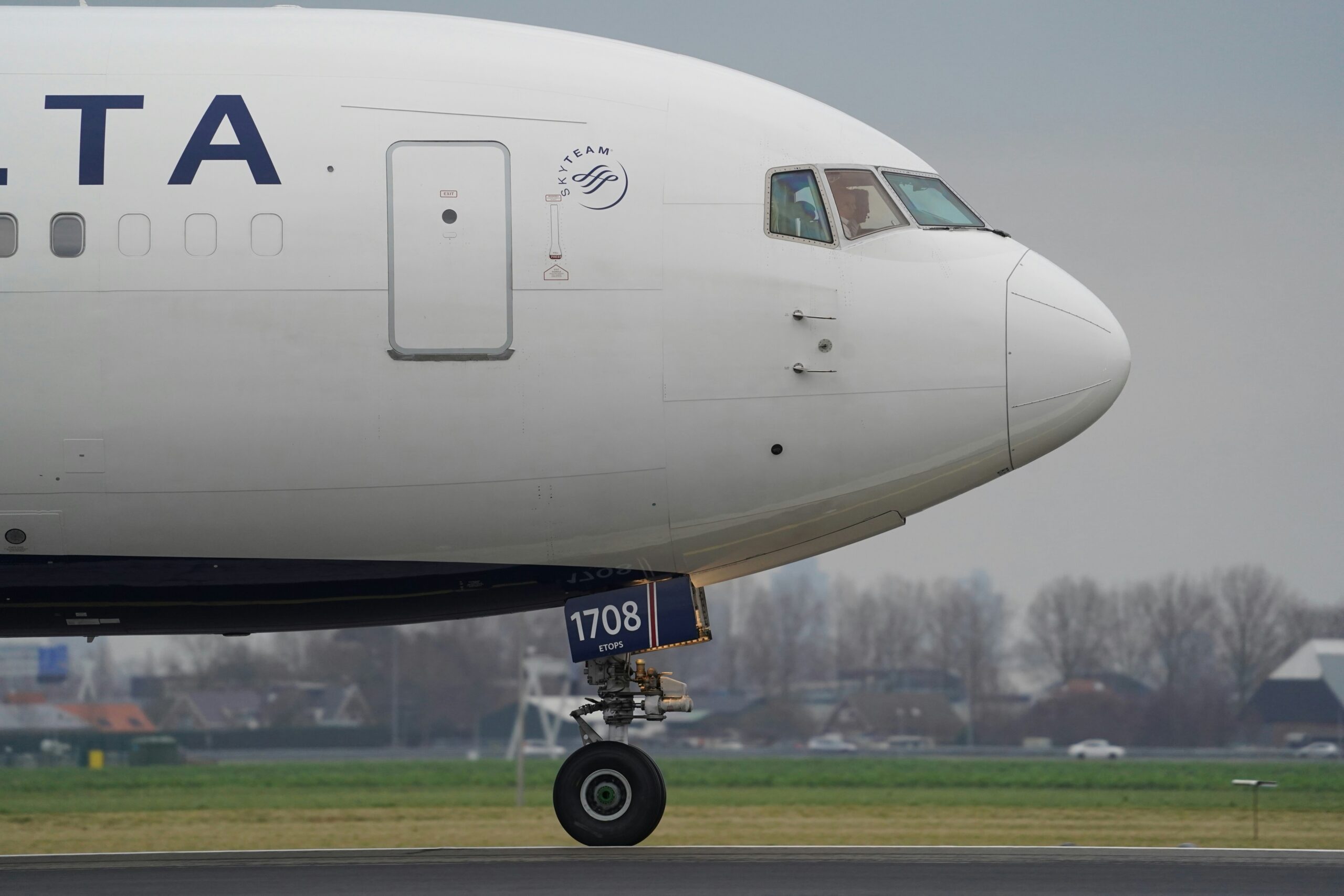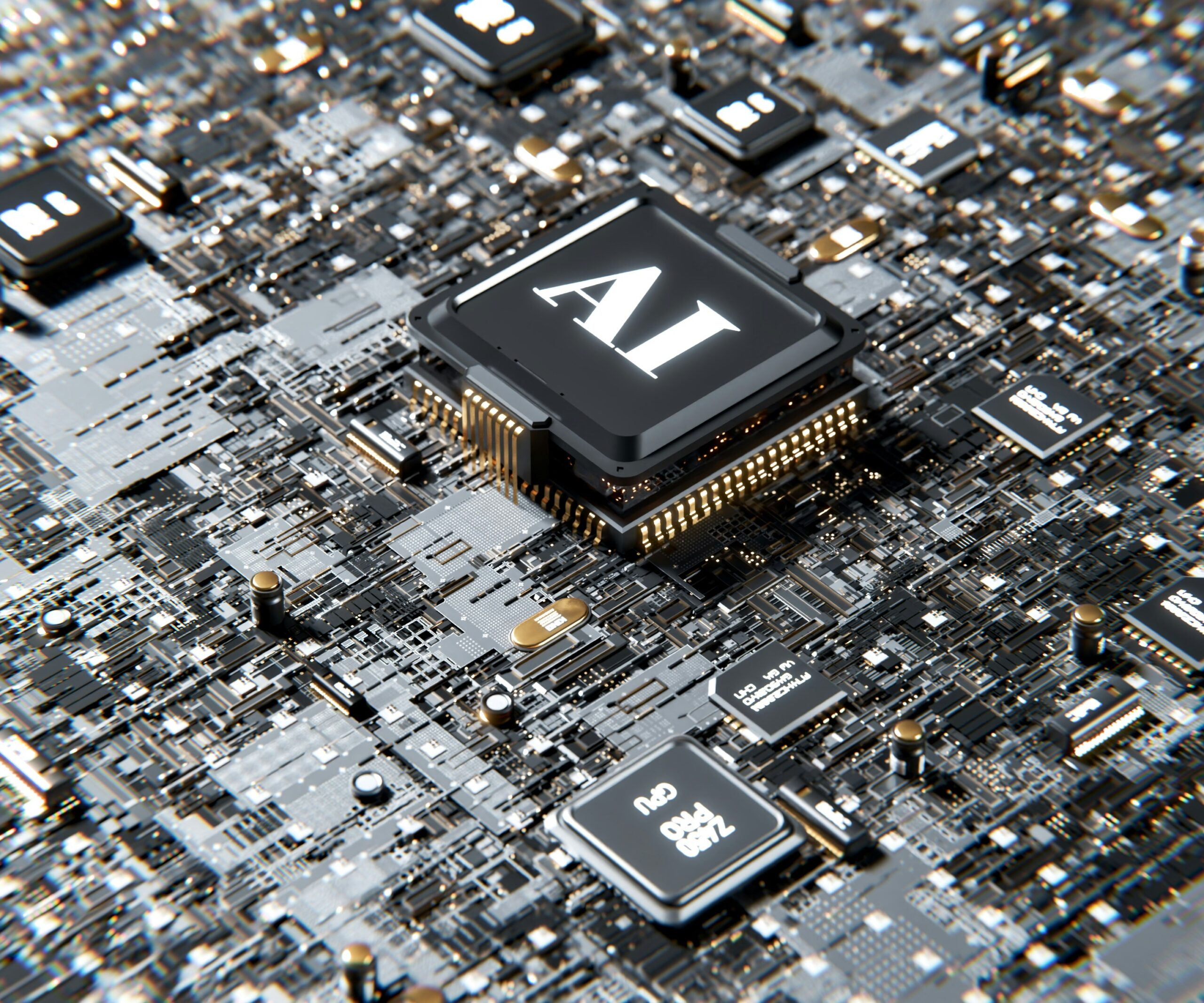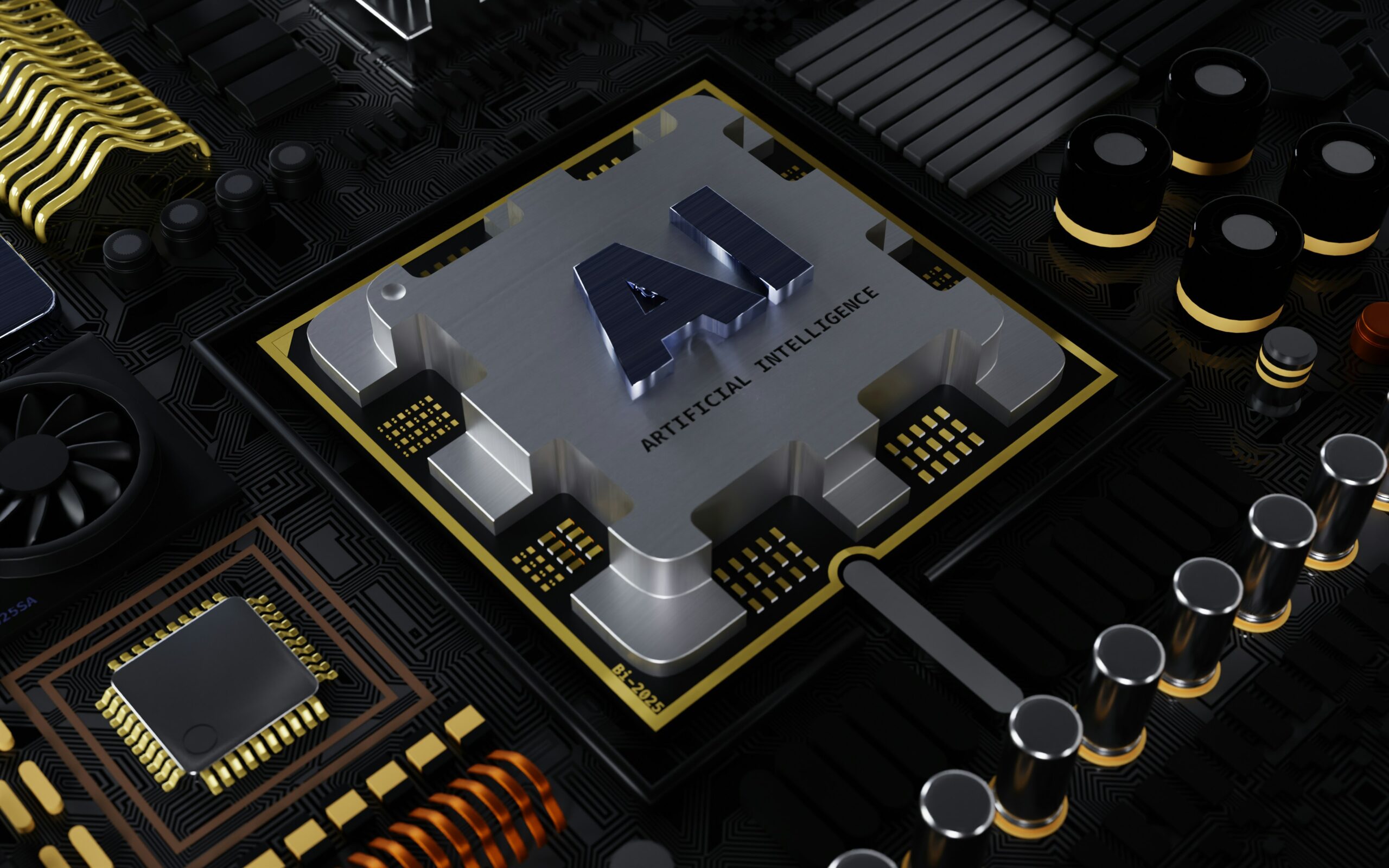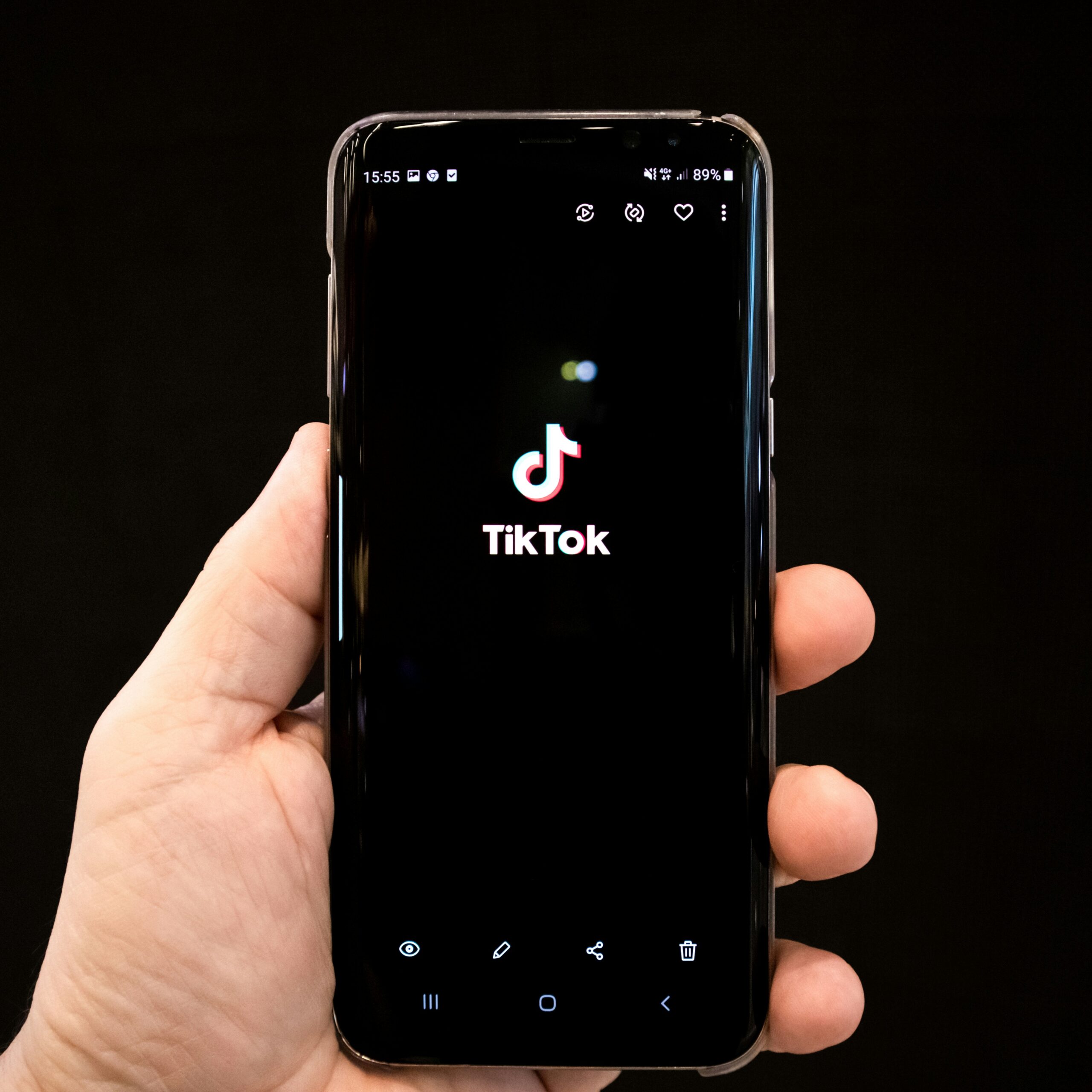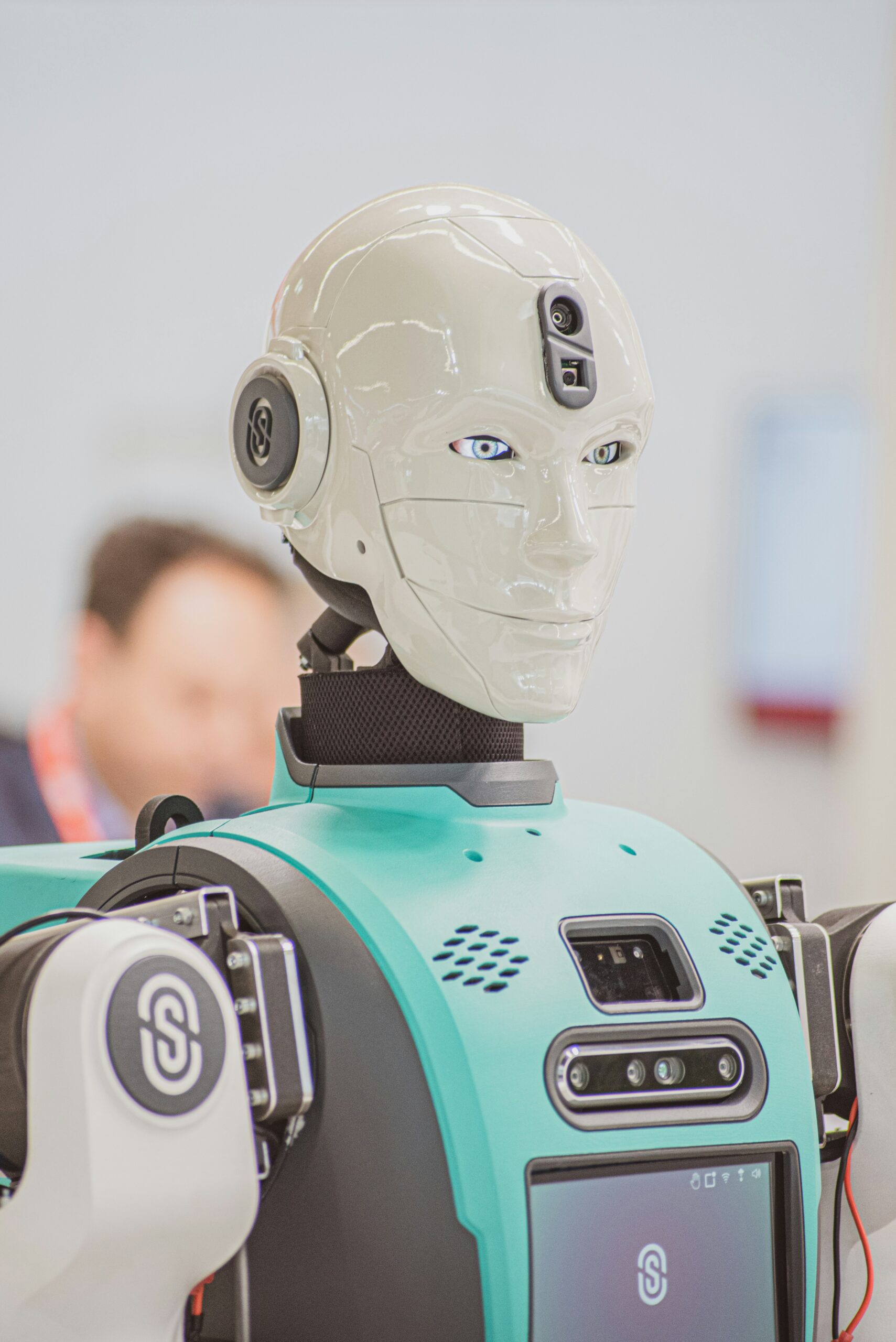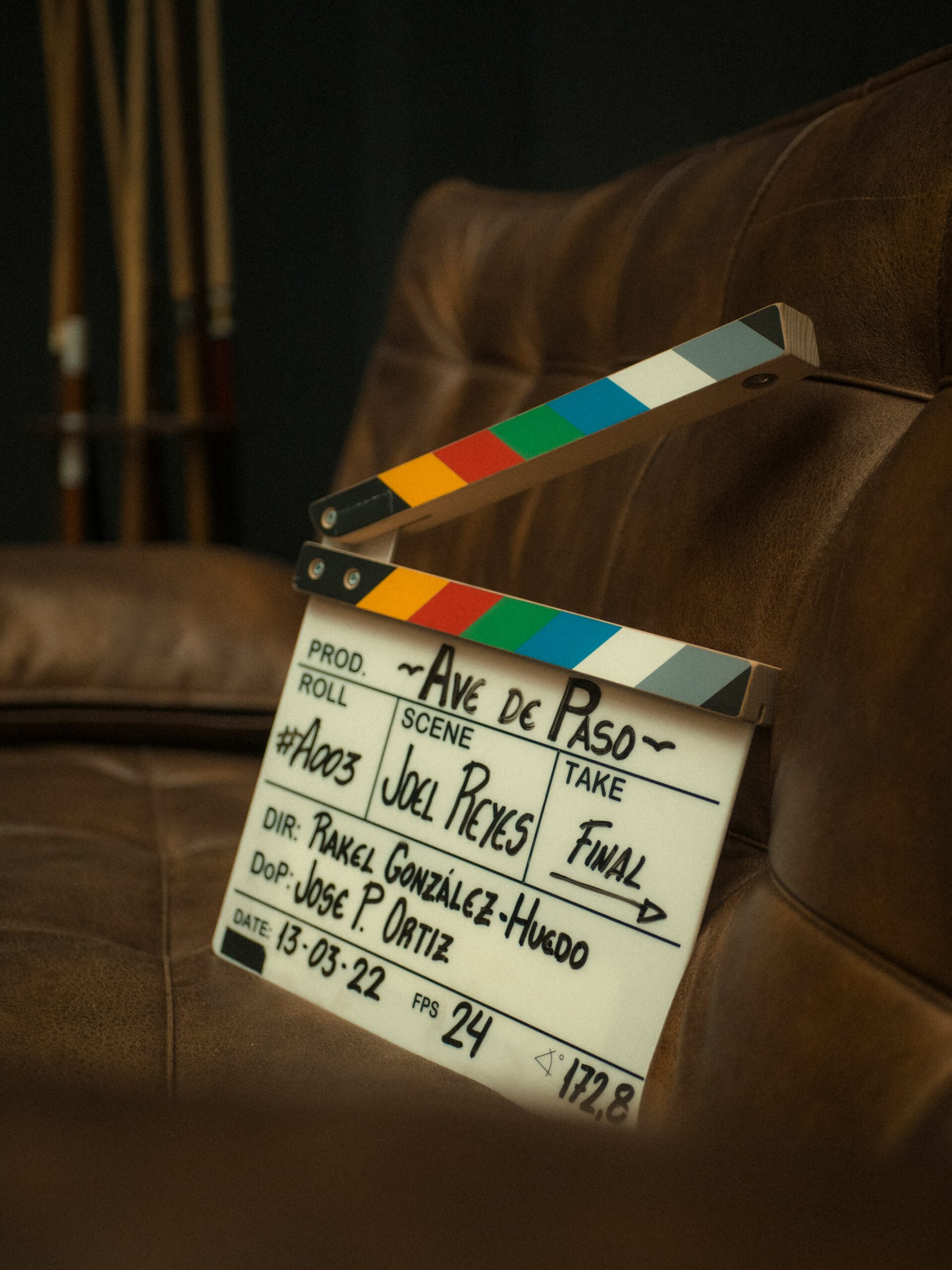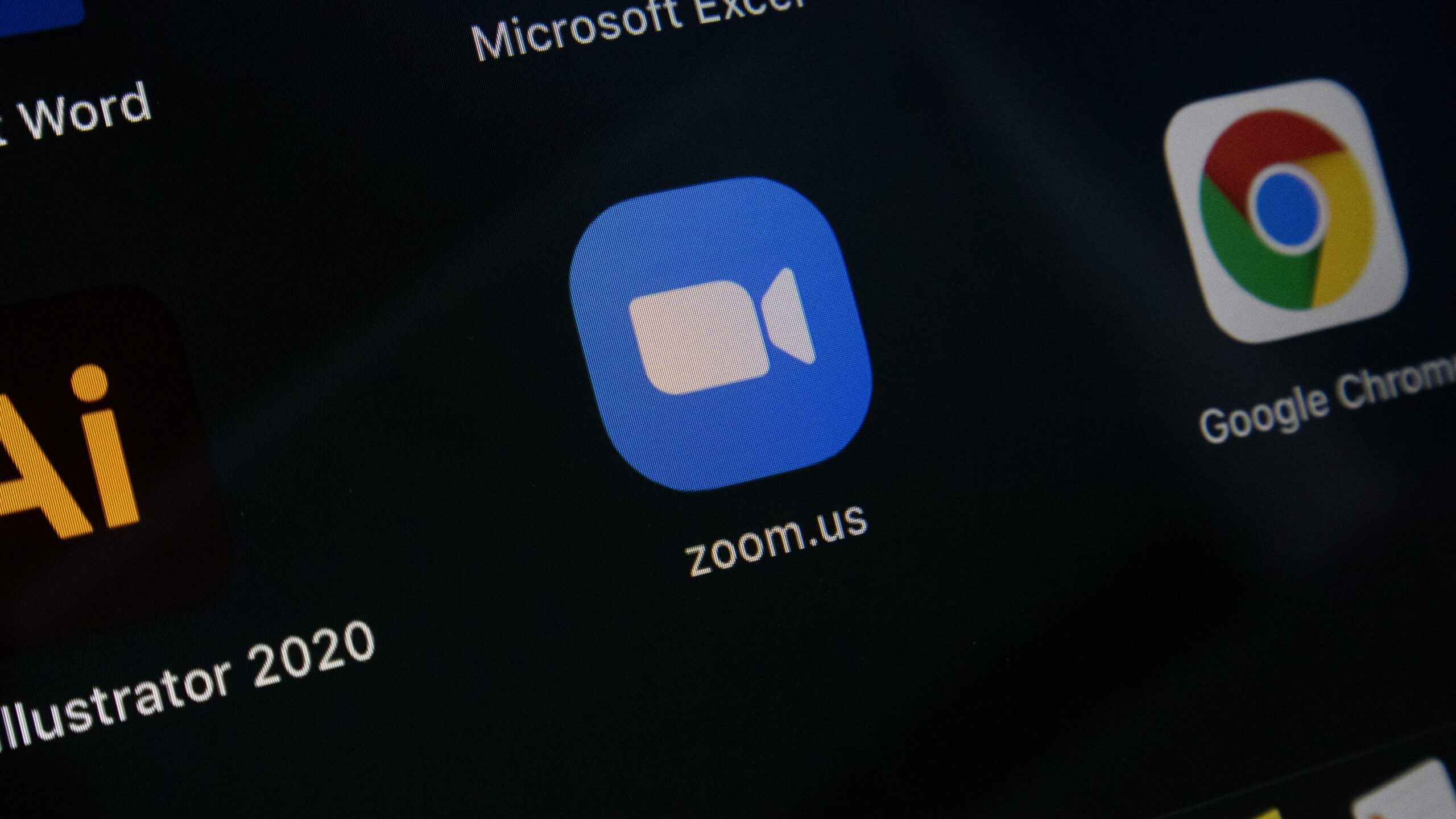Image credit: Pexels.com
AI is reshaping the nature of leadership in ways that go far beyond technology adoption. For the first time in decades, the traits that once defined “strong leadership” are being quietly dethroned. Sharp instincts now matter as much as system literacy. Emotional intelligence is colliding with algorithmic logic. And CEOs who once commanded clarity are now forced to operate inside an environment defined by permanent uncertainty.
AI is accelerating execution, but it’s also revealing a harder truth: modern leaders can no longer rely on experience alone. Their advantage comes from how well they navigate ambiguity, pressure-test automated insights, and preserve their own judgment in a world that keeps nudging them toward shortcuts.
Leadership is expanding, not shrinking, and it now calls for a deeper level of awareness than at any previous moment.
The CEO Skill Shift: From Visionaries to System Designers
Executives are increasingly being measured not just by their vision but by their ability to design and oversee socio-technical systems. The role now demands fluency in “digital orchestration,” a discipline that blends market awareness, organizational alignment, and technological integration. Matt Barney, founder and CEO of TruMind.ai, captures this shift clearly: “Digital orchestration is saying, where’s my market? Where are my customers, the regulators? Where’s my organization? And where does tech belong?”
This framing pushes leaders beyond static strategy playbooks. Instead, they must understand the dynamic interplay between data, algorithms, and stakeholder expectations, coordinating them in real time. As organizations deploy AI across functions, this orchestration becomes a defining managerial responsibility.
Barney views this as a perceptual evolution. Leaders must constantly reexamine their mental models and sharpen their ability to sense emerging patterns. “If you are not scanning the environment and asking what the new developments mean for your team or your people, you are already behind” This shift demands a level of alertness that mirrors the pace of technological change.
He also emphasizes that timeless human qualities are not disappearing, but gaining new relevance. “Leadership is a deeply human endeavor,” he says. “The classics work at a higher level when supported by technology.” Digital orchestration becomes the method that connects human insight with technical possibility.
AI as a Double-Edged Sword: Speed vs. Erosion
AI’s ability to accelerate decision-making is matched by a quieter risk: the erosion of cognitive resilience. Some executives have begun leaning too heavily on automated answers, bypassing the challenging reflection that traditionally strengthens leadership judgment. Julika Novkova, founder of Juls’ Psychology, warns that “CEOs use AI as an ‘opiate’ for frictionless, instant answers, avoiding the productive discomfort of human coaching that challenges their blind spots.”
This tension between efficiency and overreliance reflects a growing dilemma. Leaders must leverage AI’s speed without allowing it to dull the critical thinking and introspection necessary for high-stakes decision-making. Maintaining that balance will be central to sustaining long-term executive performance.
Novkova explains that the concern is not technical, but human. Leaders can begin to rely on AI for a sense of understanding that arrives too quickly and too easily. “AI gives them the illusion of knowledge,” she says. “Knowledge is not the same as experience or wisdom or the right attitude.” The rapid answers mask the deeper work the leader has not done.
Breakthrough insight requires friction. “AI does not create friction points that lead to catharsis,” Novkova says. Leaders grow when they confront their own assumptions and emotional patterns. That process requires human interaction, guided frameworks, and deliberate reflection, not instant resolution.
Judgment Under Uncertainty: The New Competitive Edge
As AI becomes embedded in strategic workflows, the ability to discern when to trust the technology and when to override it is emerging as a competitive differentiator. Lacey Kaelani of Metaintro notes, “We’re in a time where you have to trust but verify. Cloud is only as good as what it’s trained on.”
Judgment in this context is not taught in a classroom. It develops through iteration, failure, and hands-on engagement with emerging tools. Leaders who can navigate uncertainty, pressure-test automated insights, and make informed calls in ambiguous situations will set the pace in AI-enabled industries.
Kaelani describes judgment as a daily discipline. Her team interacts with tools constantly and treats oversight as a standard operating practice. “Nothing will ever ship to production unless someone sees it,” she says. The leader becomes a guardian of quality in an environment that never slows down.
She sees mastery as the result of immersion rather than theory. “There is no roadmap for this,” she explains. “The ability comes from trial and error because everything is new.”
Leaders sharpen judgment by examining patterns over time and testing their own interpretations against real outcomes.
The Human-in-the-Loop Leader
With AI absorbing more execution, executives are shifting toward oversight, interpretation, and critical thinking roles. Skills such as high-speed reading and comprehension, advanced digital literacy, and scenario-based simulations are becoming integrated into leadership development programs. Joaquim Virgili, founder and director of Kudzu Partners, observes that “Leadership is going to be democratized… a lot of people are going to find themselves leading AIs now.”
This shift widens the perception of modern leadership. Managers at all levels must learn to supervise AI-driven systems, evaluate outputs, and provide the human reasoning that algorithms cannot replicate.
Virgili emphasizes the stakes involved. He explains that AI can produce confident but incorrect outputs, and the cost of missed errors can be significant. “AIs are prone to psychofancy and hallucinations,” he says. “These issues carry real impact if they are not identified quickly.” This creates a new class of leader who thrives through attention and discernment.
Simulations are also becoming essential to the leadership toolkit. Their complexity forces participants to analyze evolving information and make repeated decisions under uncertainty. “Simulations are complex and dynamic,” he says. “Iteration becomes essential and this mirrors the work we do with AI.”
Leaders who develop this iterative muscle will excel in AI shaped environments.
Beyond Metrics: Real-Time Leadership Measurement
Traditional evaluation systems like 360 surveys are losing relevance as organizations adopt real-time, AI-driven tools to analyze leadership behavior. These systems continuously measure persuasion, ethics, and charisma, offering targeted insights for development. Barney emphasizes the value of this approach: “To coach people in their Goldilocks zone, things that are just right for them, is key to what my AI does.”
By identifying gaps and strengths instantly, companies can support leaders more effectively and cultivate authentic executive presence.
The Rise of Narrow AI in Leadership Support
While general-purpose AI remains a versatile tool, specialized “narrow AI” is proving more reliable in high-stakes contexts. These systems offer targeted support in areas such as risk assessment, operational decision-making, and strategic modeling. Yet human oversight remains indispensable. As Alibek Dostiyarov, co-founder and CEO of Perceptis, puts it, “AI is the powerful engine; human judgment is the irreplaceable driver.”
Executives must treat AI as a partner rather than a replacement, ensuring that human reasoning filters every insight before action.
Dostiyarov’s career reveals how organizations often struggle to understand AI’s true capabilities. He recalls moments early in his consulting career when teams resisted using machine learning even when the data was readily available. “I saw firsthand how major companies were adapting to new realities,” he says. This shaped his view that leaders need both technological literacy and openness to new methods.
The future belongs to a model of human machine partnership. Dostiyarov refers to it as centaur intelligence. “A human with computation performs better than either side alone,” he explains. This requires leaders to cultivate clarity of thought and a strong internal compass so the system supports their reasoning rather than replacing it.
Final Thoughts: Coaching, Not Replacing, the Human Executive
AI is revealing the gap between leaders who rely on inherited confidence and leaders who continue to sharpen their judgment. The executives who thrive in this era will be those who approach AI as a force multiplier for human capability rather than a substitute for reflection. They will treat intelligent systems as partners that require oversight, interpretation, and conscious direction.
This moment calls for a deeper discipline. Leaders must cultivate a sharper perception of how they think, how they decide, and how they respond to uncertainty. They must also invest in their own cognitive resilience, because the speed of AI creates a powerful temptation to bypass the slow work of insight. The executives who resist that temptation will develop a degree of clarity that becomes rare and valuable.


























